REV Building Four Converted Battery-Electric Vehicles for US Military TARDEC Program; Electric Ford Escape and F-150 Vehicles as Part of Micro-Grid Project
Green Car Congress
AUGUST 24, 2010
Canada-based Rapid Electric Vehicles (REV) has begun production of four converted electric bi-directional charging Ancillary Power Vehicles (APVs) ( earlier post ) as part of the US Army Tank Automotive Research Development Engineering Center (TARDEC) Micro-Grid project at Wheeler Air Base, Hawaii.


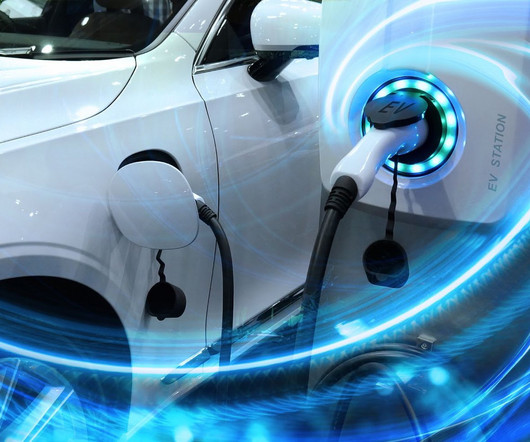
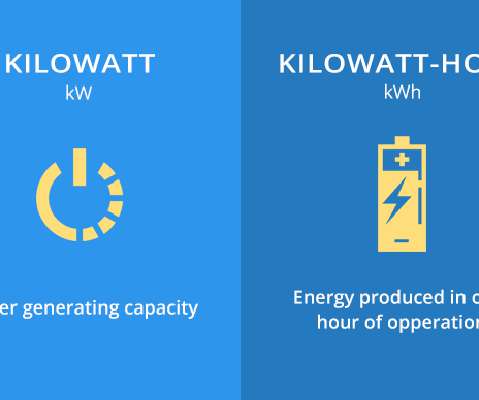
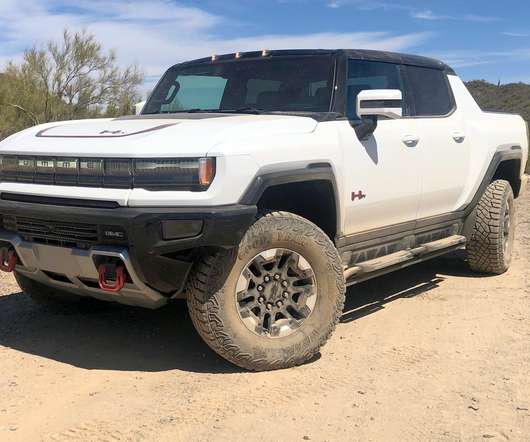
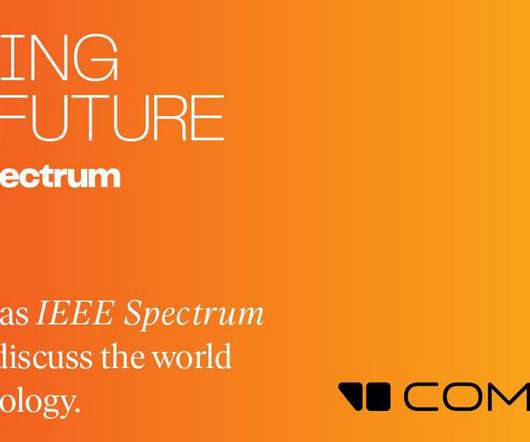
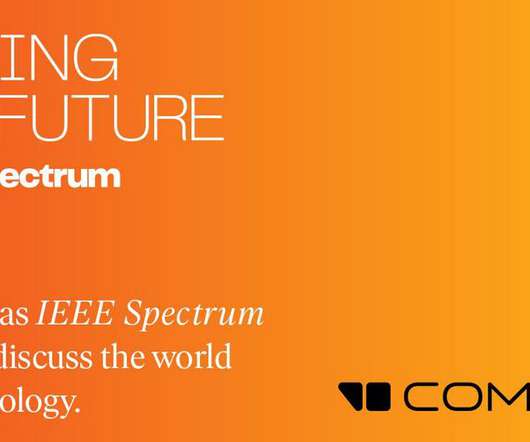








Let's personalize your content